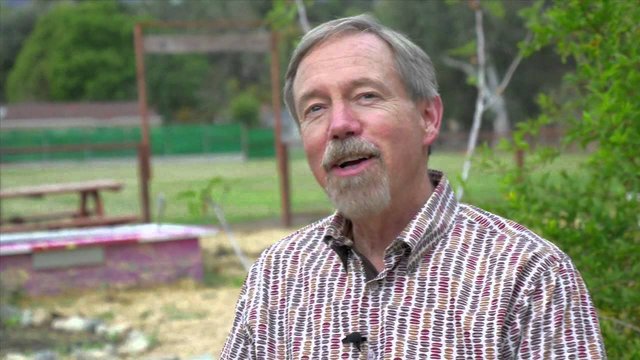Master Quote: Toby Hemenway – 03/09/18


Toby Hemenway Source:
Excerpt from Toby Hemenway's Gaia's Garden: A Guide to Home-Scale Permaculture, Second Edition
"Here’s another example of how connectedness can make gardens more natural and also save work. When we lived in our rural place in southern Oregon, deer were a big problem, chomping down almost any unprotected plant. They trampled a well-worn path into my yard from the southwest. So on that side I placed a curving hedge to deflect them from other tasty plantings. The hedge was built around a few native shrubs already there - oceanspray, wild roses, a lone manzanita. But I chose the other hedge species to do several jobs. I planted bush cherries, Manchurian apricots, currants, and other wildlife plants for wildlife food and thorny wild plums, Osage orange, and goose-berries to hold back the deer. But on the inside of the hedge - my side - to some of these hedge-row plants I grafted domestic fruit varieties. The wild cherries grew sweet cultivars on the hedge’s house-facing side, and the shrubby apricots and wild plums soon sprouted an assortment of luscious Asian plums. This food-bearing hedge (sometimes called a fedge) fed both the deer and me.
I connected this hedge to other natural cycles. It was a good distance from our house, and I quickly tired of lugging fertilizer and the hose to it. So in the hedge I planted some clovers and two shrubs, Siberian pea shrub and buffalo berry, to add nitrogen to the soil. And I seeded-in several deep-rooted species, including chicory, yarrow, and daikon radish, which pull nutrients from the subsoil and deposit them on the surface at leaf-fall. These will build up the soil naturally. I wanted to conserve water, so I added mulch-producing species like comfrey and cardoon, a thick-leaved artichoke relative. I slashed their leaves periodically and left them on the ground to create a mulch layer that holds moisture in the soil. The hedge still needed some irrigation in southern Oregon’s ninety-day dry season, but the mulch plants saved lots of water.
As the hedge matured, deer became less of a problem for us. By the time the animals had munched along the hedge to its end, they were almost to the edge of the yard and showed little interest in turning back toward the house. But everything changes, and this did too, when a new neighbor moved in just up our gravel road. Coming from the city, he thought deer were cute and began leaving out boxes of rotting apples for them. This radically altered the approach pattern for the deer, and ever-growing herds of them began mobbing his fruit boxes via the road above our house rather than through the woods where the hedge lay. Ambling along the road to and from the bonanza at our neighbor’s house, many of the deer wandered into the unhedged side of our yard. Their browsing there was too ferocious for me to establish a new hedge. Reluctantly I put up fencing on the upper side of the garden. But the food hedge still protected the downhill slope and provided us with fruit."
Gaia's Garden: A Guide to Home-Scale Permaculture - Second Edition - 2009
Chapter 1: Introducing the Ecological Garden
Subsection: Gardens that Really Work With Nature.
Posted from my blog with SteemPress : http://www.agsurrection.com/2018/03/09/master-quote-toby-hemenway-03-09-18/
this man looking good....
Well that is a completely Innovative cycle to feed the environments 'animals... And to be mindful of your neighbors... All while growing and therefore contributing to the environment... Well done!
He was a very intelligent man, for certain. The world is not better for his loss.